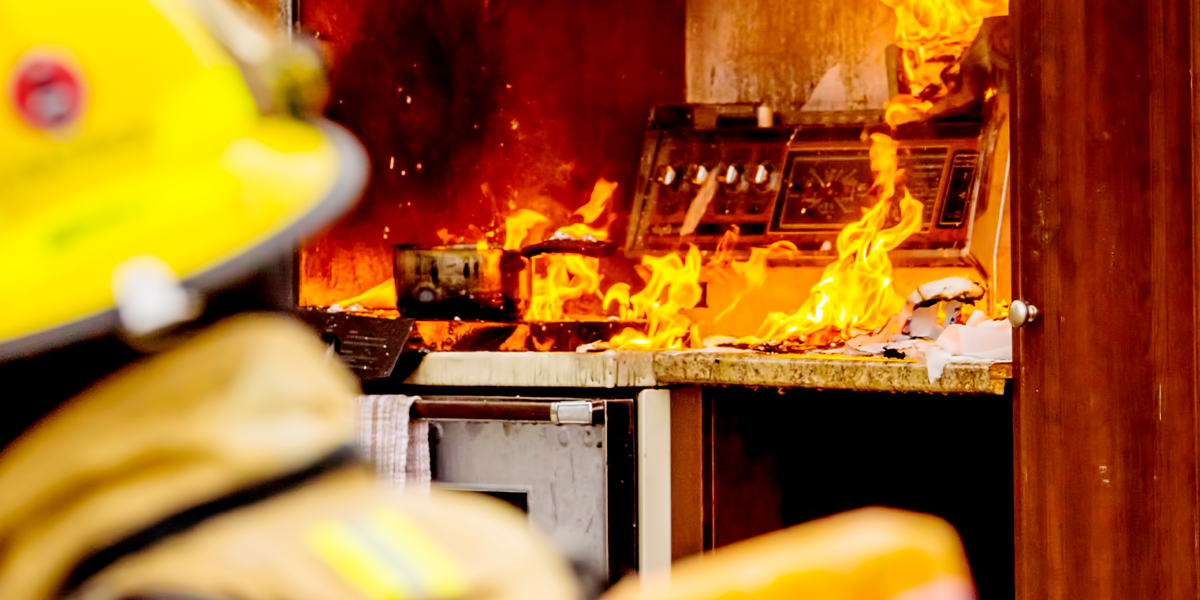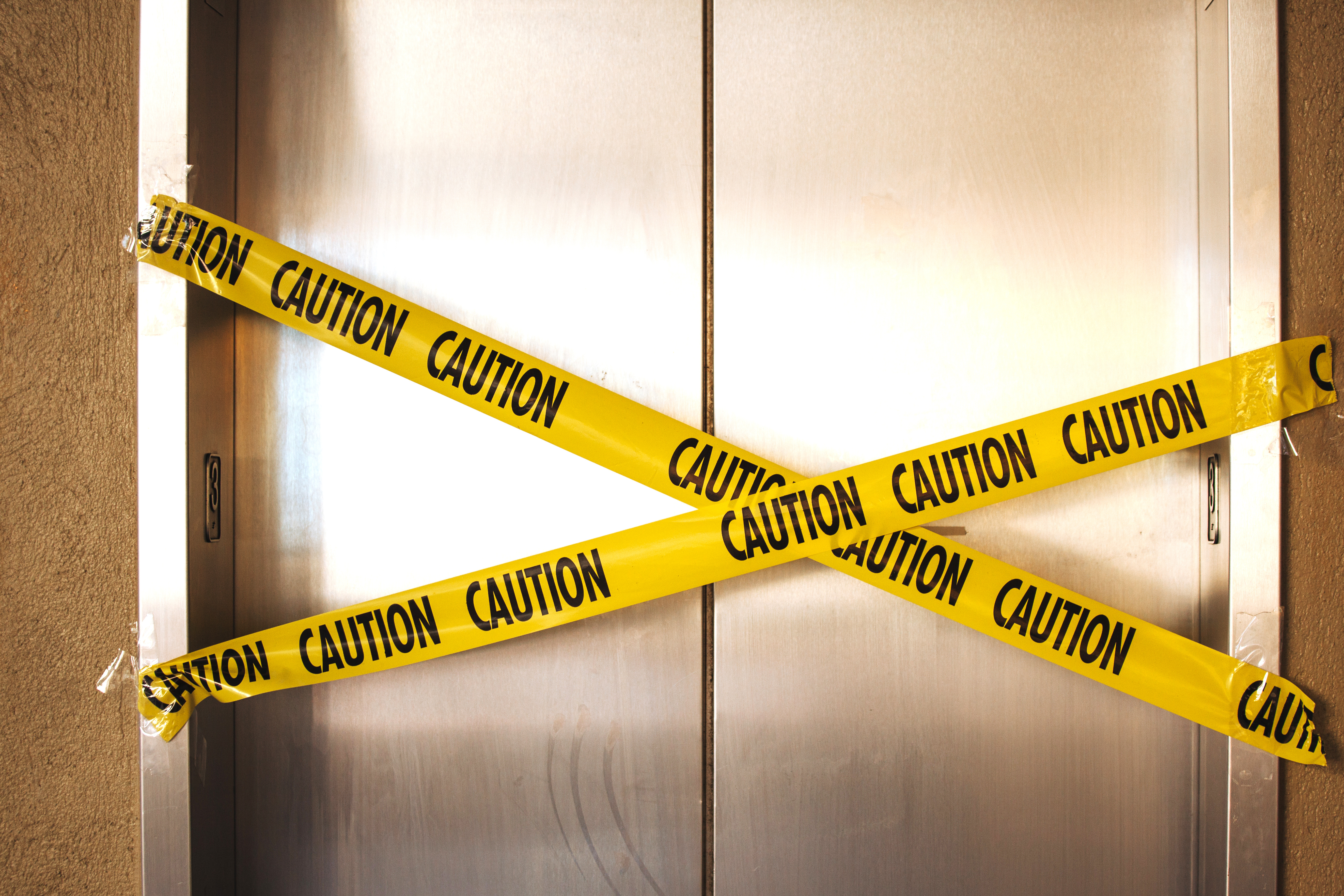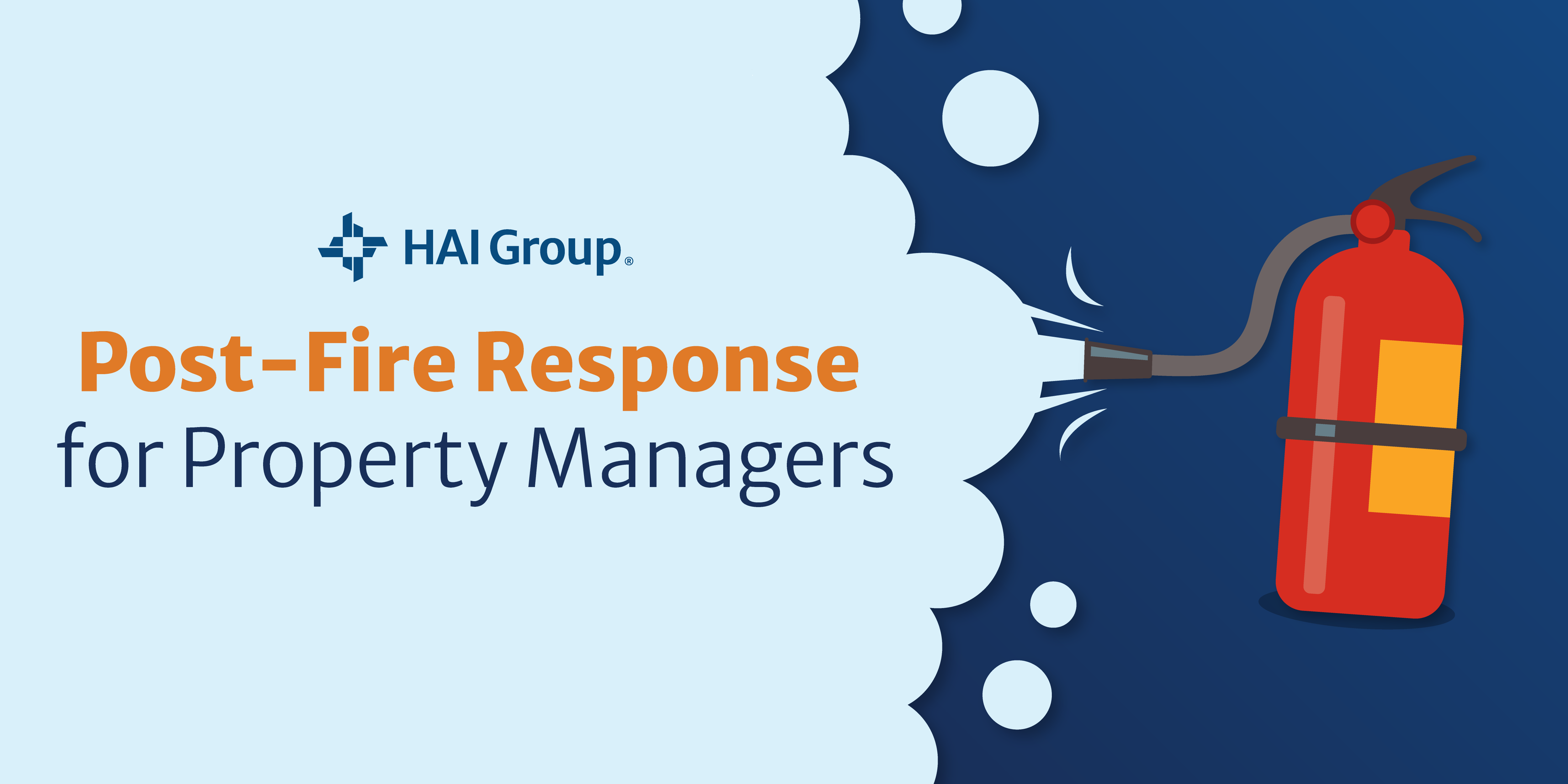Property managers play a vital role in helping communities recover from a fire. They are responsible for ensuring safety, supporting displaced residents, coordinating with first responders, and managing complex repair and insurance processes.
In this pre-recorded training live Q&A, Nick Mayo, Senior Risk Control Consultant at HAI Group and a career firefighter, shares his perspective on what housing organizations can do before, during, and after a fire to strengthen their preparedness and response plans. Mayo offers guidance drawn from real-world experiences on the front lines of both risk management and emergency response.
Continue reading for answers to some of the questions Mayo answered during the training session.
How does a fire department respond to a reported structure fire?
Mayo explained that fire departments operate under standard operating procedures (SOPs), which dictate how they respond to reported structure fires. Depending on the community, responses may include a mix of career and volunteer firefighters, with predetermined numbers of engines, ladder trucks, and command staff dispatched automatically.
According to Mayo, most of the information firefighters receive initially comes from dispatchers, but because every fire is different, the whole picture emerges once crews arrive. The time it takes to extinguish it depends on the building’s materials, how long it’s been burning, and the available water supply. Regardless of the situation, fire personnel's priorities are clear.
“Our on-scene priorities for our fire department are always life and safety," Mayo said. "After that, we always discuss stabilizing the incident, so putting out the fire. One of our considerations is always going to be property conservation. We try to do as little damage as possible, but life, safety, and incident stabilization do come first, and always will come first.”
How do you balance speed of repair with quality and code compliance?
Balancing quick repairs with safety and quality requires preparation. Mayo said having pre-vetted, licensed, and insured restoration vendors is key.
“If you’ve worked with them before, they can get to work immediately, and you already know they meet the necessary standards,” Mayo stated. He cautioned against rushing repairs or hiring unqualified contractors, emphasizing that all work must meet code and insurer standards.
Maintaining communication among contractors, inspectors, and local officials ensures quality without sacrificing time.
“We want the unit to be rebuilt to meet or exceed code,” Mayo said. “And we want to make sure the unit is safe, if not safer, than it was before.”
What partnerships or community resources have helped in the past to assist displaced tenants?
Establishing relationships with local organizations before a disaster is crucial. Mayo recommended partnerships with the American Red Cross, Salvation Army, and local emergency management offices. These partners can provide displaced tenants with temporary housing, basic supplies, and emotional support.
“If a tenant is displaced, this is potentially one of the worst days of their lives,” he said. “They may have left their unit in a hurry and don’t even have reading glasses or a phone charger. Having partnerships in place ensures that help is ready when it’s needed most.”
What part of a response plan needs the most improvement or review?
Post-incident debriefs often reveal where organizations can strengthen their plans. Mayo encouraged property managers to conduct reviews with staff, vendors, and emergency responders after every fire. “We do this in the fire service after every fire. What went well, what didn’t, and what could be done differently?”
He said these conversations lead to improved emergency operations plans, updated training, and better preparedness. “This is a high-severity, low-frequency incident,” he noted. “We have to learn from it to prepare ourselves for the next time.”
Should we conduct fire drills at senior or disabled housing complexes?
Drills are essential for every type of housing, but should be tailored to the residents. In high-rise or senior complexes, drills should emphasize communication and preparedness over evacuation.
“Working with your local fire department to bring them on-site during the drill is always best practice,” Mayo said. “They can help explain the proper procedures and ensure everyone understands what to do.”
Letting residents know in advance is also important to avoid confusion or panic during the exercise.
Are there templates or checklists available for post-fire response?
Mayo pointed to resources available through HAI Group’s Resource Center, our online hub designed to help housing organizations identify, manage, and reduce risk. Fire safety resources are conventiently sorted under their own filter. In addition, HAI Group's Fire Prevention Center serves as a one-stop shop for fire prevention resources, training, and videos.
Should residents be trained to use fire extinguishers?
Whether residents should use fire extinguishers depends on local codes. Mayo encouraged property managers to partner with their local fire departments, who can help provide safe, hands-on training opportunities for housing organizations.
“If your jurisdiction requires extinguishers in units, then yes, residents should receive instruction,” Mayo said. However, he emphasized that safety always comes first. “It’s best practice for residents to evacuate and alert the fire department rather than try to fight a growing fire themselves.”
How should properties handle extinguisher requirements if residents can’t lift them?
When residents are unable to lift required extinguishers, property managers should consult local officials. “That’s something your local fire marshal’s office can guide you on,” Mayo said. Fire codes vary by jurisdiction, and local authorities determine which NFPA standards apply.
What’s the best way to manage communication with residents after a fire?
“Communication is everything in the hours, minutes, and days following a fire,” he said. Clear, consistent updates help residents understand next steps, relocation details, and timelines. He advised using multiple communication channels: texts, calls, automated messages, or social media to ensure information reaches everyone.
Equally important is documentation: To maintain accountability and clarity, keep a record of each message, including when and how it was shared.
What’s the most effective way to educate residents about fire safety before a fire happens?
Fire safety education should be part of regular interactions with residents. Mayo recommended incorporating reminders into annual lease renewals, maintenance visits, or community meetings. “Even a simple question like, ‘Do you know what to do in case of a fire?’ opens the door for awareness,” he said. Posting evacuation or shelter-in-place instructions inside units reinforces the message.
He added that repetition builds preparedness. “It doesn’t matter if residents hear it five or 10 times; every reminder helps.”
Bottom line
Preparation and proactive planning are key to protecting people and property. Property managers can reduce stress and confusion after a fire and ensure a faster, smoother recovery by regularly reviewing safety procedures, engaging residents, investing in staff training, and keeping thorough documentation.
Want to dive deeper into these best practices? Watch the full training session on YouTube.
For additional guidance, be sure to reach out to your risk control consultant.
Stay connected
Sign up for updates from our blog to stay ahead of emerging trends in insurance, risk management, online training, and affordable housing research, and gain access to the latest resources and tools.
This article is for general information only. HAI Group® makes no representation or warranty about the accuracy or applicability of this information for any particular use or circumstance. Your use of this information is at your own discretion and risk. HAI Group® and any author or contributor identified herein assume no responsibility for your use of this information. You should consult with your attorney or subject matter advisor before adopting any risk management strategy or policy.
HAI Group® is a marketing name used to refer to insurers, a producer, and related service providers affiliated through a common mission, management, and governance. Property-casualty insurance and related services are written or provided by Housing Authority Property Insurance, A Mutual Company; Housing Enterprise Insurance Company, Inc.; Housing Specialty Insurance Company, Inc.; Housing Investment Group, Inc.; and Housing Insurance Services (DBA Housing Insurance Agency Services in NY and MI).







